












At St. John's Health, we don't settle for the ordinary. As your dedicated partner in joint health, we're driven by our commitment to delivering exceptional care and achieving remarkable outcomes for our patients.
In 2022, our joint replacement patients left no room for doubt.100% of them would recommend St. John's Healthfor joint replacement surgery, and 99% of them would recommend their surgeon.
St. John's Health isn't too big or too small; it's just right. Here, you receive the personalized care you deserve without compromise.
Our joint replacement program partners with board-certified surgeons, such as Dr. Drew Lighthart, to ensure a standard of care that goes above and beyond. In 2022 alone, Dr. Lighthart successfully completed 291 hip and knee replacements.
To learn more about St. John's Health's joint replacement program, please visit: www.stjohns.health/joints
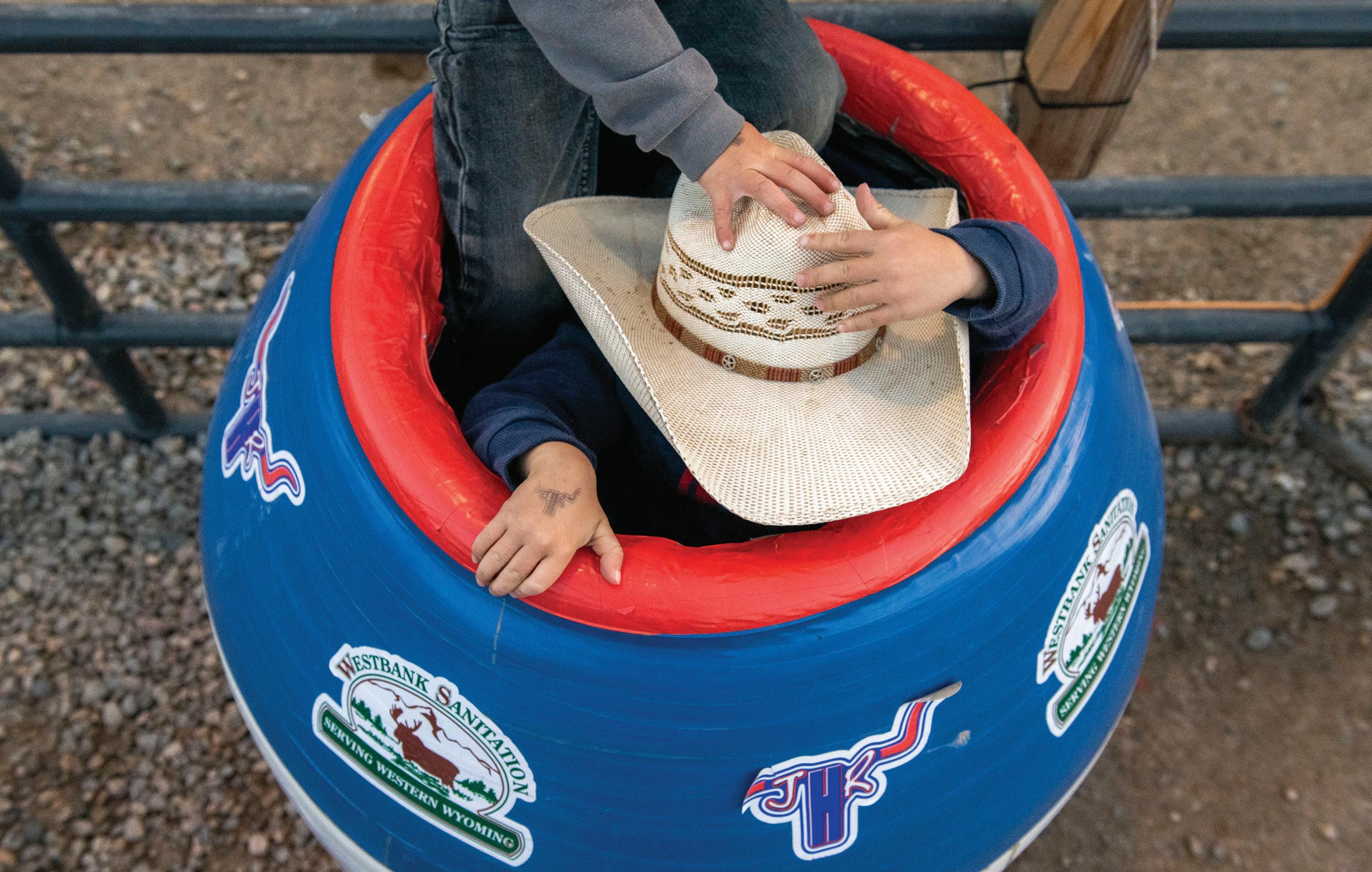
PUBLISHER
Adam Meyer
EDITOR in Chief
Johanna Love
MANAGING
EDITOR
Agitated livestock can really do some damage. A couple of home-grown bull riders are now sought-after in national circles for their “cowboy protection” skills.
Learn the basics of scoring each event. Hint: Sometimes you’re competing against a critter, sometimes you’re racing the clock.
These young ladies know their mounts from nose to tail. Beyond the bling, they are ambassadors for the sport of rodeo and the Western way of life.
The dirt in Jackson Hole is precious. The site of the Teton County Fairgrounds has been debated in political circles, but don’t fear; a long lease is being considered.
Tonight’s contenders might have won big last year. Check out the numbers.
Read more about dragging the arena, picking the bulls and Western fashion.
Pull out your pen and get a rodeo competitor to give you their John Hancock.
Rebecca Huntington Section
EDITOR
Kyle Leverone
Photographers
Bradly J. Boner, Kathryn Ziesig
EDITORIAL DESIGN
Andy Edwards
COPY EDITORS
Jennifer Dorsey, Cherise Forno
WRITERS
Sophia Boyd-Fliegel, Jasmine Hall, Kyle Leverone, Kate Ready
CREATIVE DIRECTOR
Sarah Wilson
ADVERTISING DESIGN
Lydia Redzich, Heather Haseltine, Luis Ortiz, Chelsea Robinson
DIRECTOR of Advertising
Karen Brennan
MULTIMEDIA SALES Managers
Tim Walker, Tatum Mentzer
DIRECTOR OF OPERATIONS AND SALES
Tom Hall
PRODUCTION
PRODUCTION MANAGER: Dale Fjeldsted
PREPRESS MANAGER: Lewis Haddock
PRESS SUPERVISOR: Stephen Livingston
PRESSMEN
Nick Hoskins, Robert Heward, Gunner Heller
CIRCULATION MANAGER: Jayann Carlisle
CIRCULATION
Rulinda Roice
opping on a bull and attempting to ride it perfectly for eight seconds while an arena roars in the background is one thing.
Protecting the cowboy doing it is another.
But multi-generation Jacksonites Seth Wilson and Trenton Ross don’t steer away from the intimidating task at hand — the cousins encouraged each other to enter the world of “cowboy protection” and bullfighting at a young age.
With only a field to separate the teenagers at the time,
the two found themselves going down to the shop south of town where all the stock was and waiting for Wilson’s dad to leave. The boys would finish their chores and try to find a “mean” bull to fight.
“We had no idea what we were doing,” Wilson said, who was the youngest ever to compete in the bullfighting World Finals at 17. “It was all wrong, but slowly it started kind of clicking.”
They were hooked.
It was the allure of the bull, its ferocity and personality. Just getting out to the pasture and observing or grabbing the head of a bull made Ross feel alive.
More than a decade later, the Jackson natives are traveling the country fighting bulls and protecting bull riders from getting stomped at rodeos throughout the year.
“I wake up every morning, and the first thing in my head is something to do with bullfighting,” said Ross, the 2021 World Champion based in Oklahoma. “Every move I make is with bullfighting in mind.”
They both compete among the best of the best in the Professional Rodeo Cowboys Association, Professional Bull Riders league and Ultimate Bullfighters. But the two didn’t just go from challenging bulls in their backyard ranch pen and watching videos online to the big leagues.
Mentors at the Jackson Rodeo and a training camp helped shape their careers.
Ross said several cowboys have moved from the Jackson Hole Rodeo to the pros.
“And it’s because the Wilsons do a really good job of taking
care of the kids and don’t put them on stuff that’s hard right out of the gate,” he said. “They help build cowboys instead of killing them off.”
The two rodeo athletes honed their skills to serve as “cowboy protection” and freestyle bullfighters, which they’re contracted out for at different rodeos.
Wilson said “cowboy protection” is entirely dedicated to getting the bull riders to safety. It isn’t a competition.
“Our job once they hit the ground is to make sure that we’ve got that bull under control, and keeping them out of harm’s way,” he said.
Freestyle is more similar to the matadors in Spain, although they don’t harm the bull at American rodeos. It’s a dance for 60 seconds in
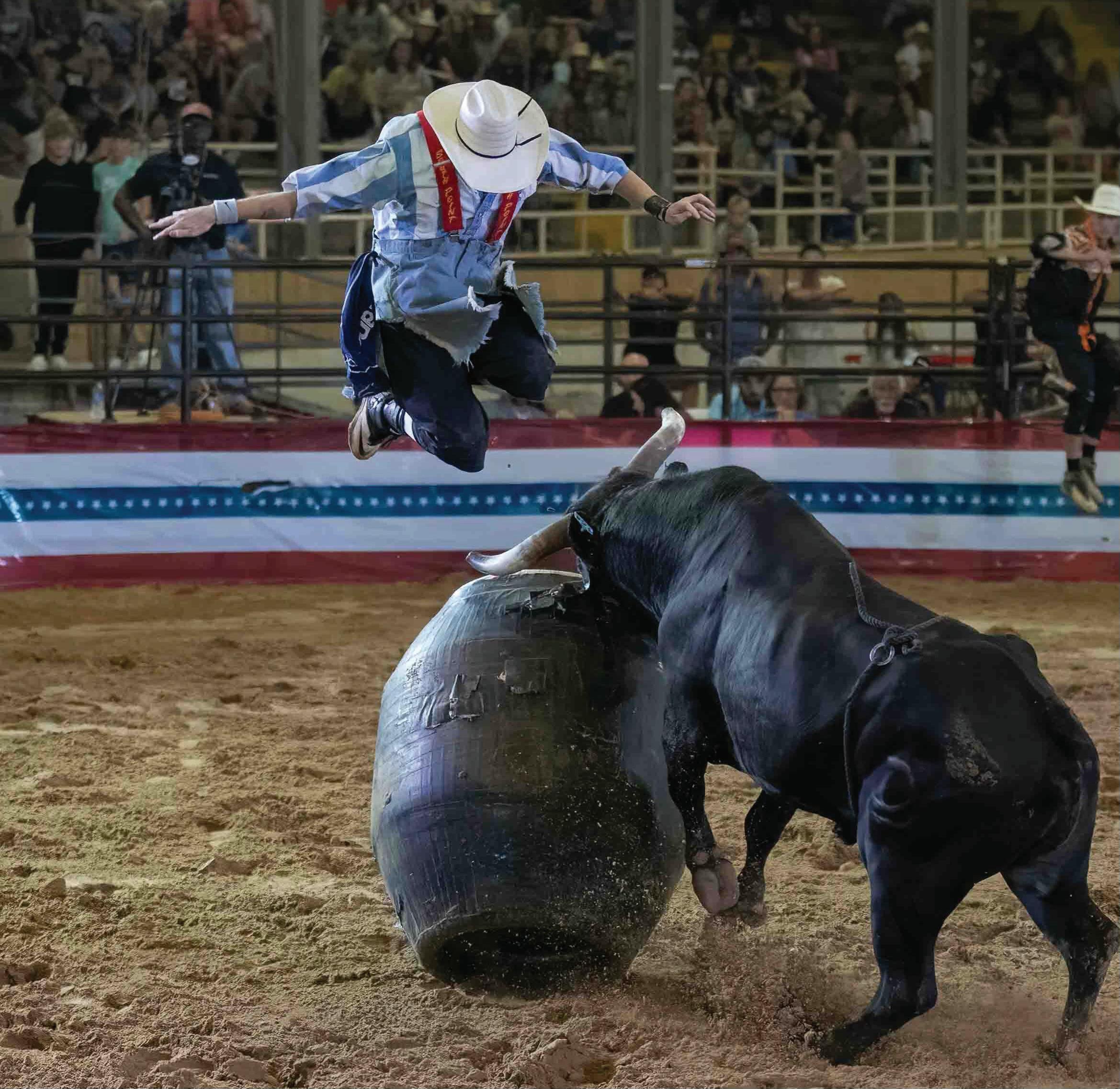
Learn the ropes of rodeo competitions.
By Kyle LeveroneWhat is rodeo?
At the most basic level, it’s a competitive equestrian sport that demonstrates skills rooted in early working practices of horse breaking and cattle herding.
To others, it’s an American pastime. On any Wednesday or Saturday night from Memorial Day weekend through Labor Day, you can walk onto the Teton County Fairgrounds and be greeted by the American flag, as it is paraded around the ring with the smell of hot dogs, beer and dirt swirling through the summer air.
To Garth Brooks, it’s bulls and blood, it’s dust and mud, it’s the roar of a Sunday crowd. It’s the white in the knuckles, the gold in his buckle. It’s boots and chaps and cowboys hats and spurs and latigo and ropes and reins and joy and pain.
However specific or abstract your definition of rodeo might be, there are some distinct rules for the events, and even though it’s always a good time at the Jackson Hole Rodeo, it’s more fun to know what’s going on.
So study up, and ride on. This is the rodeo.
There are two types of events in which cowboys and cowgirls can participate: roughstock and timed. In roughstock events, contestants’ scores are equally dependent upon their performance and the animal’s effort, as riders attempt to stay aboard a bucking horse or bull for eight seconds. Two judges each score a cowboy’s ride from 0 to 25 for both rider’s performance and animal’s effort. A perfect score is 100.
In timed events, the goal is simple. Be the quickest. If you’re roping a calf, wrestling a steer or racing a horse around barrels, be the quickest. In steer wrestling and roping events, calves and steers have a head start, and the fastest ones to catch them win.

shoulders when the horse’s feet hit the ground out of the box. This is considered “marking the horse out.” If a cowboy fails to do so, the ride is disqualified. While riding, cowboys must hold onto a rope attached to the horse’s halter, and the free hand must not touch the rider’s body or the horse at any time in the eight seconds that the rider attempts to stay on.
Originally created out of the necessary art of horse breaking, this rodeo event is now a highly stylized competition that utilizes strong and agile broncs.
ing events in rodeo with some additional technical intricacies. A cowboy must mark out his horses but must also have his spurs touch the horse on every jump for the full time required to earn a qualifying ride, which is then judged by regular roughstock scoring.
Oh, and there’s no saddle in this contest.
The Kentucky Derby is classified as “the greatest two minutes in sports.” Elsewhere in the wide world of superlatives, it’s hard to argue with bull riding’s designation as “the most dangerous eight seconds in
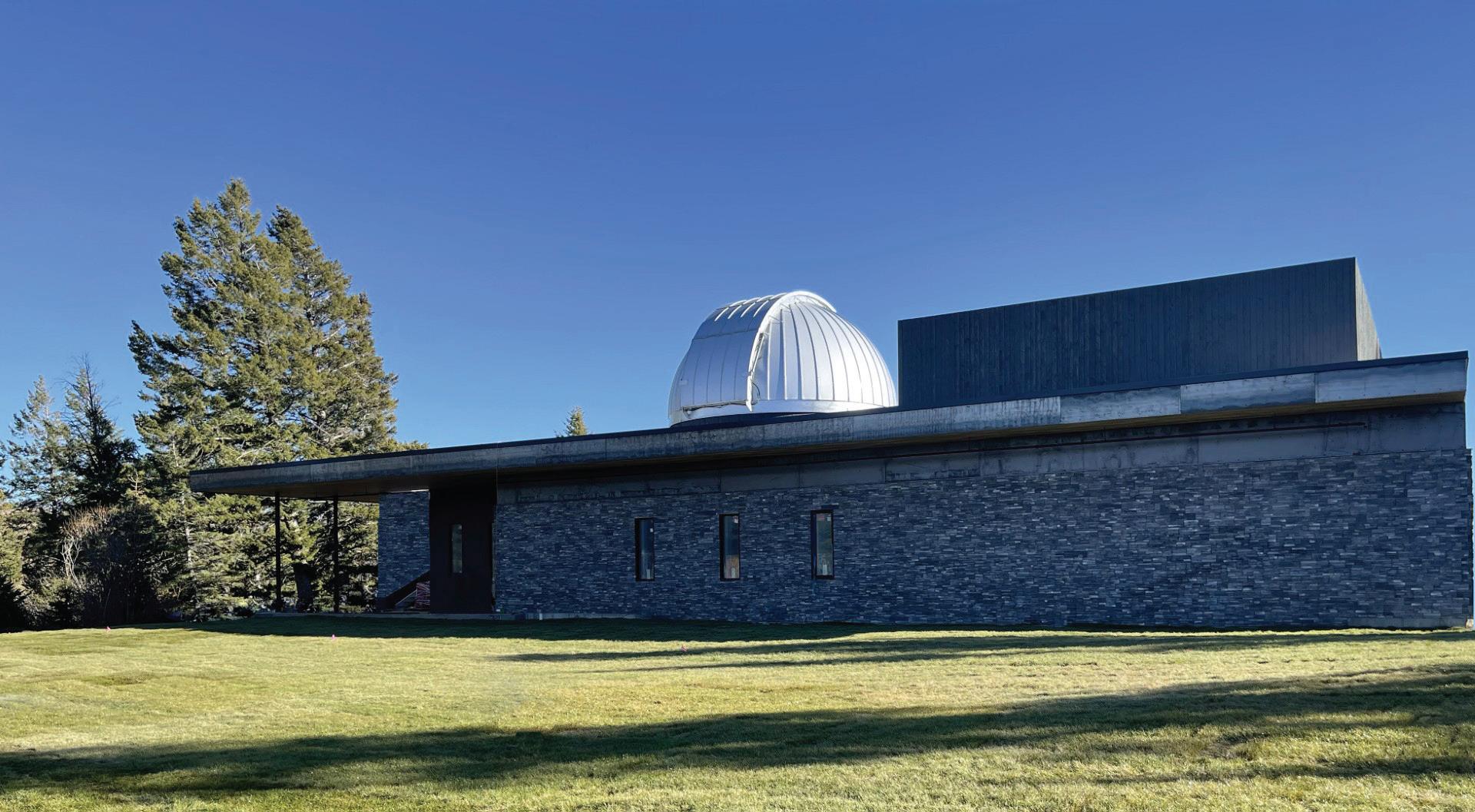

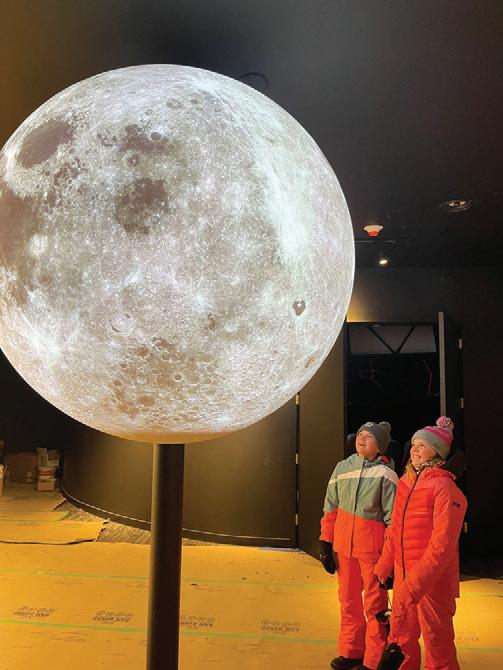
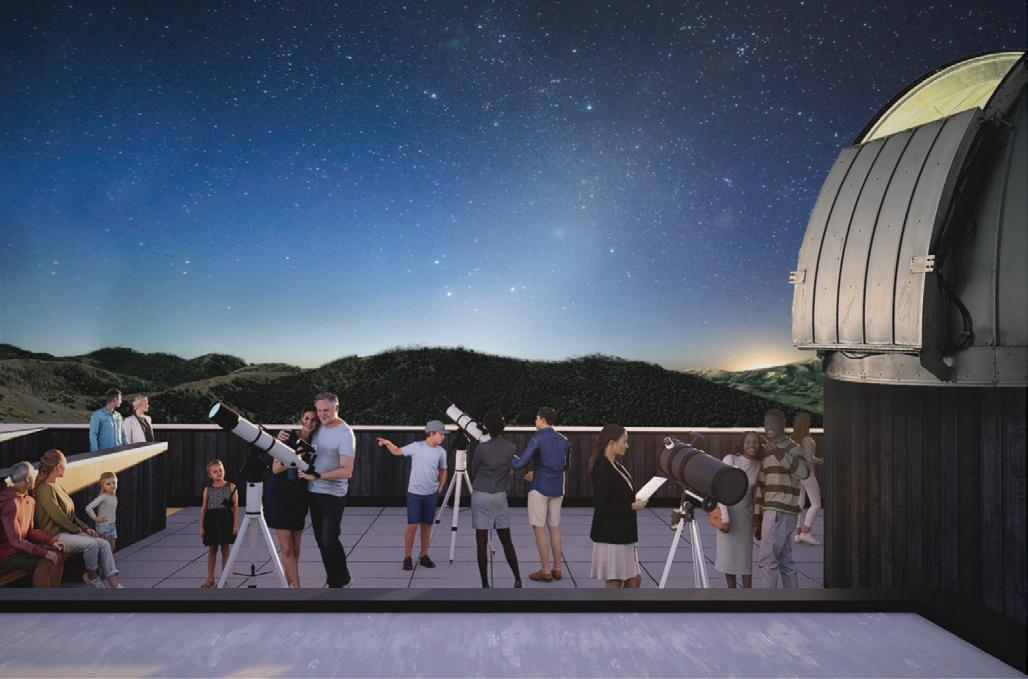

cures a grip on a flat braided rope, nods to signal that he is ready, and then holds on for dear life. Marking out the animal is not necessary because this event is already hard enough.
The bull does all it can for eight seconds — or less if the bull is lucky — to shake the rider off. Throughout the ride, bullfighters, or rodeo clowns stay close by to aid the rider if necessary and to distract the bull from the rider after time is up. Judges will award points based on control, rhythm of the rider in matching the bull’s movements, and points will be deducted if a rider is off-balance.
As one of the timed rodeo events, this competition requires a pair of horse riders attempting to wrangle a racing steer. As the event is also known as heading and heeling, the first roper, or “the header,” goes for the front of the steer, usually around the horns, and the second, “the heeler,” ropes the steer by its hind feet. The clock stops when both riders have roped the steer, their lines are pulled tight and their horses are facing each other.
Cowboys and cowgirls compete together in this competition, and the fastest to wrangle the steer wins. Teams can be assessed time penalties, however, if the header breaks before the steer reaches the advantage point and if the heeler ropes only one hind leg. Those are 10- and five-second penalties, respectively.
Similar to team roping, the goal of this event is to rope an animal as quickly as possible. As a single individual, the rider must throw a loop around the calf’s neck, dismount from the horse and re strain it by tyin
Ten-second penalties are added to final times if the ride and horse breaks its

barrier before the calf is released.
Barrel Racing
cowgirl and animal are competing together as a team.
Barrels are set up in a triangle in the
Because they are in conjunction, this event takes athletic ability from the horse in addition to horsemanship skills of the rider.
The timer begins when the horse and rider cross the start line, and it ends when the t eam completes the barrel pattern and comes back through the finish line. If a rider knocks down a barrel, a time penalty is added to their final time. The quickest tandem to make it through the course wins.
Traditionally, barrel racing was a sport for only cowgirls, but today, according to the International Barrel Racers Association, barrel racing is open to girls, boys, men and women of all ages and levels of experience.
This timed event is like bull riding, except the riders are little kids, and instead of giant death machine animals with horns, they ride soft and wooly sheep. Hugging and hanging on as tight as one can, kids are not judged on style points and spurring or marking out the animal. Instead of the eight-second line for bull riding, the sheep riders mus t stay on for only six, and if more than one manages to hang on for that long, the judges will determine a winner.
Mutton bustin’ riders are typically anywhere between the ages of 4 and 7, and the event introduces the young toddlers to roughstock events. As these youth grow older, mini bull riding is another event in which normal bull riding is shrunk down, and 14-year-old or you nger riders mount full-grown 500-pound mini bulls. Peewee riders, usually aged between 8 to 10 are required to stay on for six seconds for a qualifying ride, and mini riders, 11-14, attempt to hang on for

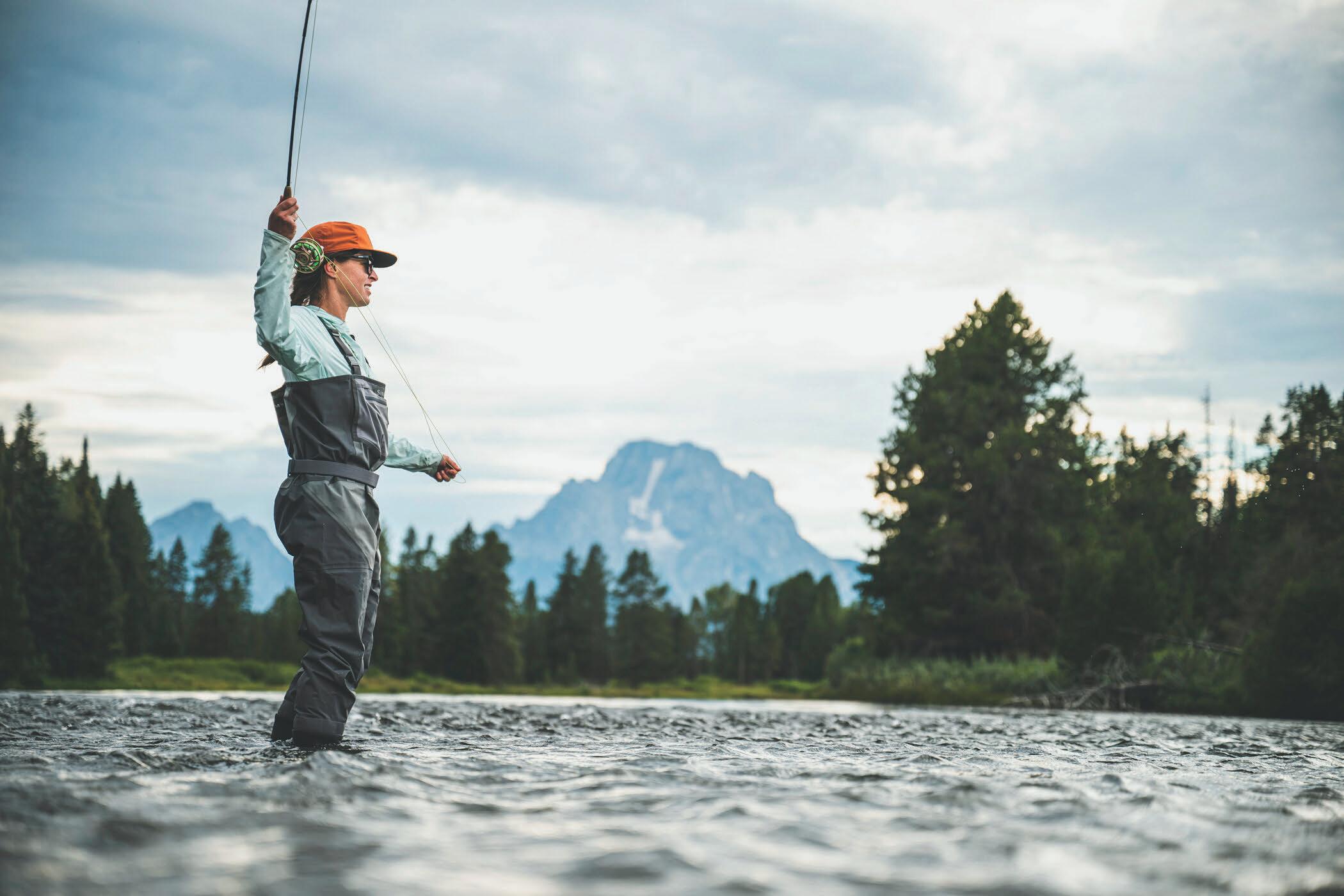
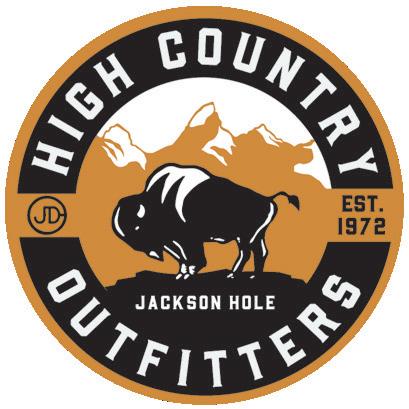

 TBy Kate Ready
TBy Kate Ready
he Teton County royalty program is gaining momentum ahead of its June competition.
Young women ages 10 to 25 will compete for four titles in the recently restructured pageant: Queen (age 19-25), Senior Princess (15-18), Junior Princess (11-14) and Pee Wee Princess (7-10). Each title but the last may have two attendants as well.
The tradition dates back to 1969, but recent tweaks were made to align the program more closely with established state royalty rules and to accommodate growing interest.
“The only big change is we are adding additional attendants to each division,” said the Teton County Fair Board’s royalty coordinator, Amy Renova. “The reason is it’s growing; we’re having more women come out to participate.”
The Junior Princess age group is the largest that’s coming out; Renova anticipated around eight girls will throw their hats in the ring.
The two-day competition kicks off June 21. The first day will be held at
5 p.m. at the new fairgrounds community building with modeling, speeches, and interviews. The next day, competitors will mount their steeds for the horsemanship portion at 11 a.m. inside the Heritage Arena.
How deftly the young women maneuver through horse patterns before dismounting to face a series of questions regarding their horse and equipment makes up the biggest percentage of the judging at 40% of a participant’s score.
Five former Teton County queens have gone on to clinch the Miss Rodeo Wyoming title at the State Fair in Douglas. The last time a local queen took the title was in 2014.
Whoever is crowned Teton County queen this June, however, won’t compete in that statewide competition until 2025.
“We are requiring our queen stay with the program for one year before she can travel to Miss Rodeo Wyoming,” Renova said.
Whoever is crowned in June will shadow this year’s queen at the 2024 state pageant, Renova said.
To be crowned a rodeo queen is to be a beacon of grit and grace. It’s also a yearlong commitment designed to develop well-rounded stewards of Western culture.
Renova said past critics of the program thought it didn’t do much for the youth involved.
“When we voted to keep it, I took it on myself to make sure the girls stayed involved the whole year,” Renova said.
“Peers took notice and gained interest and started coming to our clinics.”
In addition to attending rodeo events, royalty members also sing the national anthem at sporting events, mingle at the Senior Center and read to preschoolers.
They’re also starting to host their own offerings.
In February, royalty members came together to organize a “Sip and Paint” fundraiser complete with a silent auction and hot cocoa bar to help the program. That pulled in $1,500, which went directly back into the program to allow future free horsemanship clinics to the public.
Along with the glitter and style, Renova is trying to shed more light on the substance underneath the crowns.
“I think that the most important thing is these girls are becoming really well-rounded individuals in our community,” Renova said. “Their biggest thing is they’re ambassadors for the sport of rodeo. They’re trying to keep that Western heritage and Western culture alive in our county and across the nation.”
Contact Kate Ready at 307-732-7076 or kready@ jhnewsandguide.com.
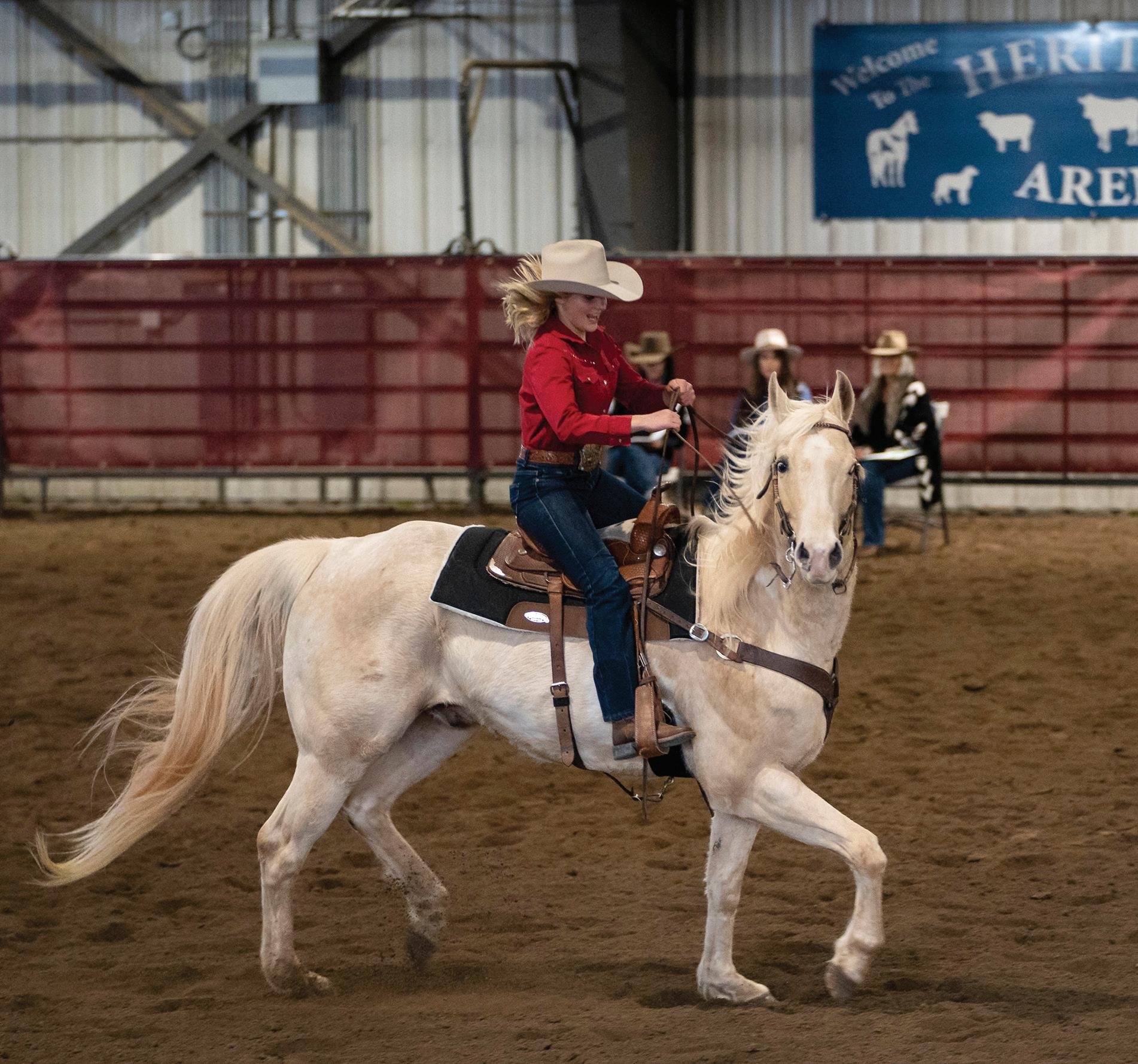

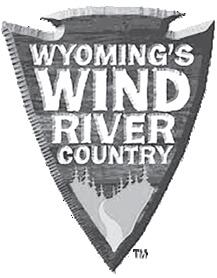


rodeo and county fair site is a hotly debated land use issue.
By Sophia Boyd-FliegelHow long is long enough?
That is the central question of a debate over assurances that land under the Jackson Hole Rodeo — and for one week in July the Teton County Fair — will stay as it is.
Current leases suggest nothing will change until at least 2030, but the 12acre plot just blocks from downtown has been one of the community’s most debated land use issues of late.
“As I think about the Teton County Fairgrounds over my past 38 years these thoughts come to mind: a way of life, Western heritage at its core, 4-H, community events, the epicenter of people working hard, cultural gatherings, a recreational hub, an irreplaceable asset to Jackson, Teton County, Wyoming and America,” Rep. Andrew Byron, a Republican representing part of Teton County wrote late last year. Byron was addressing Teton County commissioners and the Jackson Town Council, urging immediate action to extend the current lease to 10, 50 or 99 years.
There is, however, an issue of space.
The Teton County Fair Board, which arguably is the most intimate with

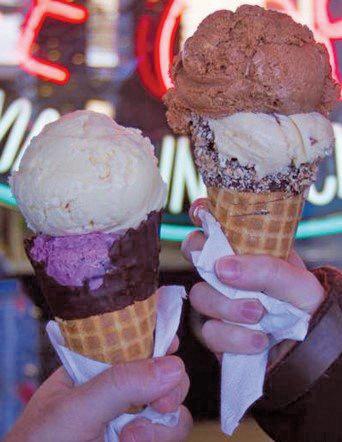
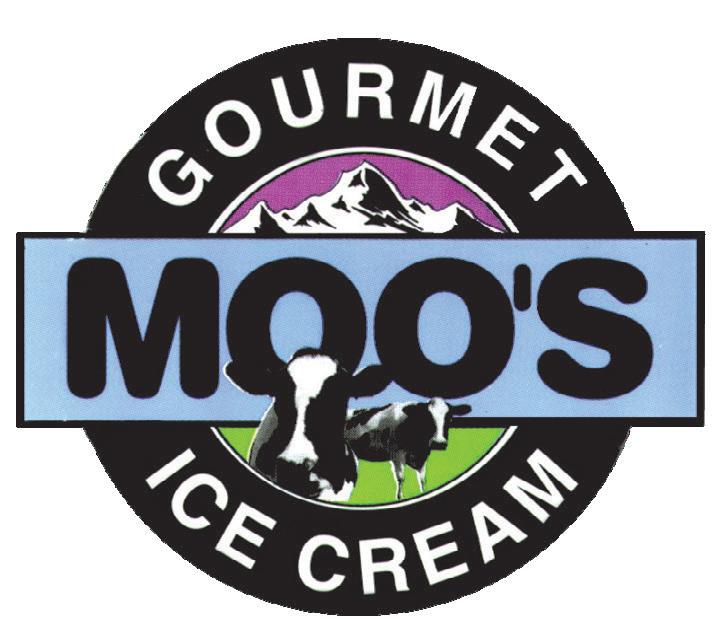


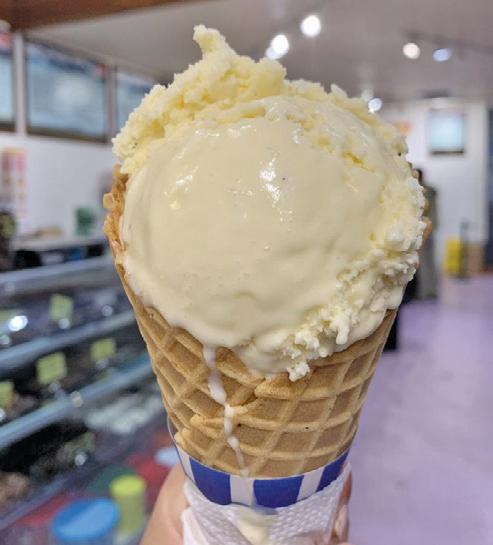
op erations of the fair, has said it would like more space if it can get it.
Planners who work for the Town of Jackson have not started putting together a community plan for the fairgrounds, but documents do exist showing that it could be an agenda item in the future.
For 1 acre of what used to be the fairgrounds, an affordable housing project is on track to be completed this summer.
The 48 units will serve people earning between 30% and 60% of the typical income in this area, a group that politicians have referred to as the community’s “most vulnerable.”
Overlap exists between those who are most vocal about keeping the fairgrounds where they are and those who say they oppose affordable housing in general.
Weeks later a mysterious new nonprofit group called Honor Wyoming started running political ads warning residents they were at risk of losing the rodeo grounds’ Western heritage.
Honor Wyoming coordinated email campaigns, including at least 10,000 emails to Jackson and Teton County government officials.
“I am unaware of any effort that is targeted at, or would result in, the ending of the Teton County Fair or the Jackson Hole Rodeo,” said Town Councilor Arne Jorgensen in a recent interview. “In fact, the current council has extended both the fair lease with Teton County and the concession agreement for the rodeo as well as beginning discussions with Teton County about further extensions.”
“I am unaware of any effort that is targeted at, or would result in, the ending of the Teton County Fair or the Jackson Hole Rodeo.”
— Arne Jorgensen JACKSON TOWN COUNCILOR
Others have simply voiced their view that the formerly public land should not, by principle, be used for private residences.
Leaders and members of the Save the Jackson Hole Rodeo group lobbied against the new apartments’ funding at the local and state level, though they were not successful in stopping the project or overturning distribution of federal funds.
In March the Jacks on Town Council took its only step to address the debate by voting to offer Teton County a 50-year lease agreement.
Teton County Commissioner Luther Propst said the issue isn’t at the top of priorities.
Some of the emails Honor Wyoming has solicited about the fairgrounds are less about the rodeo and more about out-ofstaters coming into Wyoming.
Propst was quick to point to a new fair building as a sign of the county’s support of the continuation of the fair grounds in their current location. The building was built last year and is about three times larger than the 50-year-old community space it replaced.
— State Government reporter Jasmine Hall contributed to reporting.
Contact Sophia Boyd-Fliegel at 307-7327063 or county@jhnewsandguide.
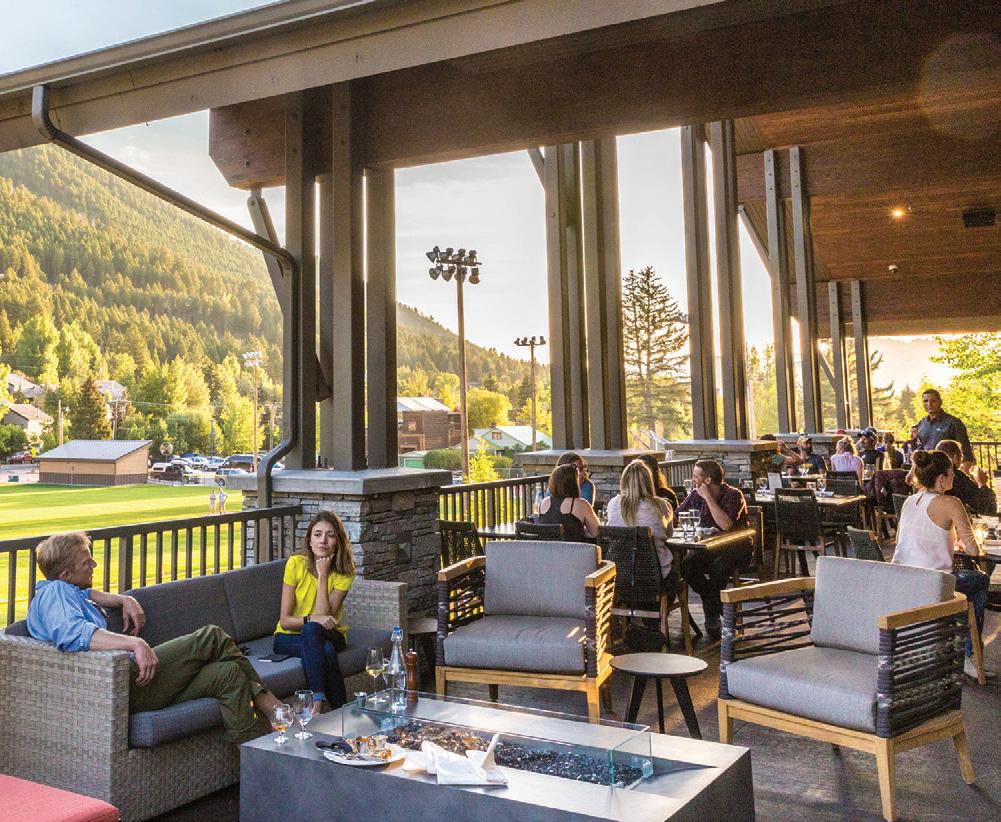










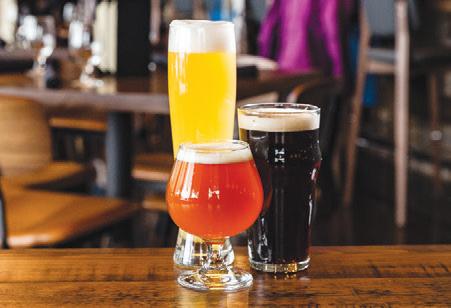






FROM INFANCY TO THE GOLDEN YEARS, TETON VALLEY HEALTH CARE PROVIDES LIFELONG CARE FOR EVERY MEMBER OF YOUR FAMILY.
FROM INFANCY TO THE GOLDEN YEARS, TETON VALLEY HEALTH CARE PROVIDES LIFELONG CARE FOR EVERY MEMBER OF YOUR FAMILY.
Our family medicine providers are dedicated to supporting healthy, fulfilling lives. Beyond offering comprehensive services, they spend time getting to know every patient, which means you and your family get truly personalized care.
SCAN THE QR CODE TO LEARN MORE!
family medicine providers are dedicated to supporting healthy, fulfilling lives. Beyond offering comprehensive services, they spend time getting to know every patient, which means you and your family truly personalized care.
SCAN THE QR CODE TO LEARN
YOU CAN FIND A VARIETY OF SERVICES AT TVHC, INCLUDING:
• Emergency Care 24/7
• Pediatrics
• Women’s Health
• Mental Health
YOU CAN FIND A VARIETY OF SERVICES AT TVHC, INCLUDING:
• Dermatology
• Emergency Care 24/7
• Cardiology
• Infusion and Wound Care Center
• Pediatrics
• Women’s Health
• Diabetes Management
• Mental Health
• Orthopedics, Sports Medicine and Podiatry
• Dermatology
• General Surgery
• Rehabilitation
• Cardiology
• And so many more!
• Infusion and Wound Care Center
• Diabetes Management
• Orthopedics,
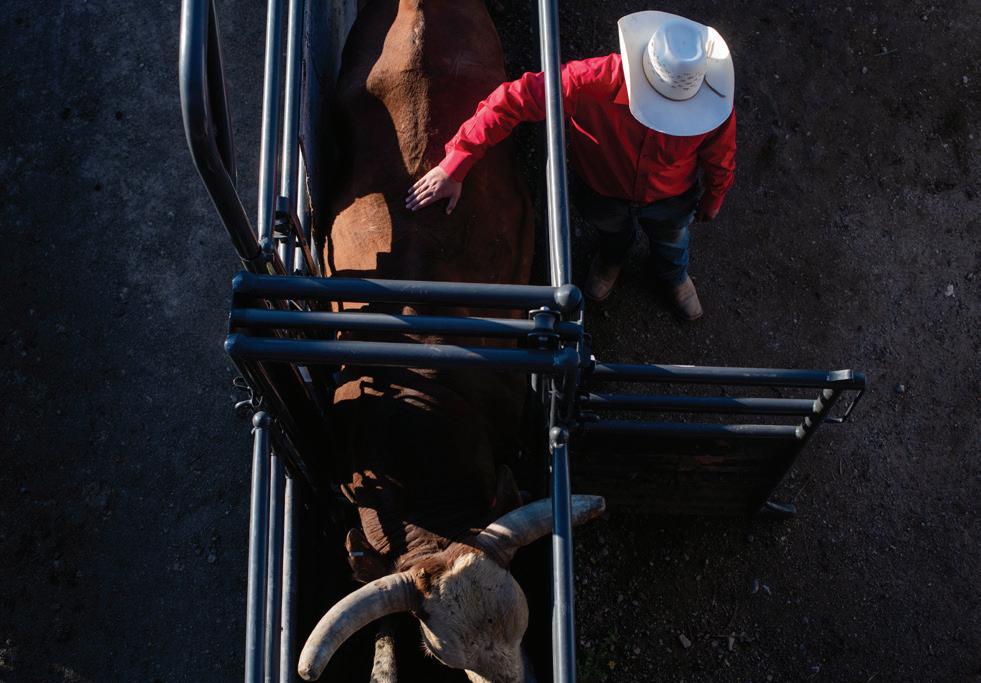
1
The classification of ropers, divided by headers and heelers, is essentially a handicap system. Simply put, the higher the number, the more skilled the rider. Full classification can be found at TeamRoping.com #8

Grover Ranch Driggs, ID | 880 Acres | $9.68M
Ideally located five minutes from Driggs, this ranch presents an outstanding chance to acquire a recreational retreat, working cattle ranch, or a family compound. A recent wetlands delineation report outlines the ranch’s abundant natural characteristics while also pinpointing potential building sites.

Teton River Ranch Tetonia, ID | 76.78 Acres | $4M
Nestled on the western slope of the Tetons, this stunning ranch boasts over half a mile of Teton River frontage and Teton Mountain views. Ideal for the horse enthusiasts, the property is fully fenced and features a 2,690 sqft main home and a 1,200 sqft horse barn.
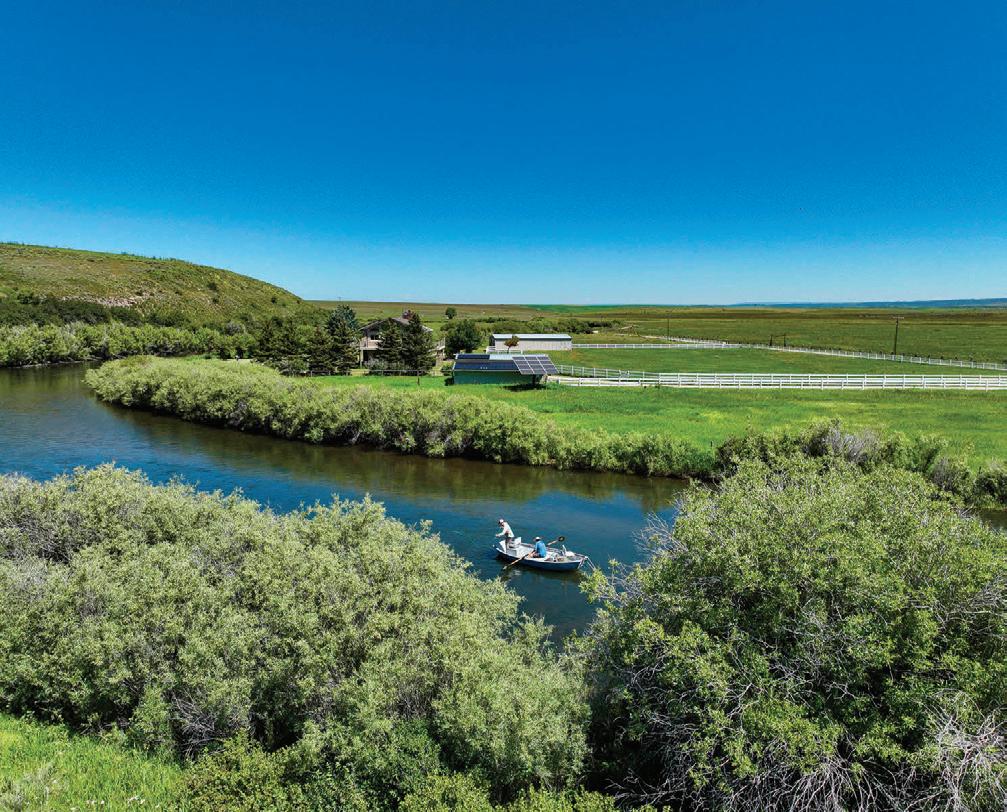
17 Rocking Chair Dubois, WY | 22 Acres | $3.95M
This property offers all of the amenities typically associated with much larger ranches - river frontage on the Wind River, state-of-theart horse facilities, and impeccable improvements. Every aspect of this compact yet spectacular parcel epitomizes Western luxury.
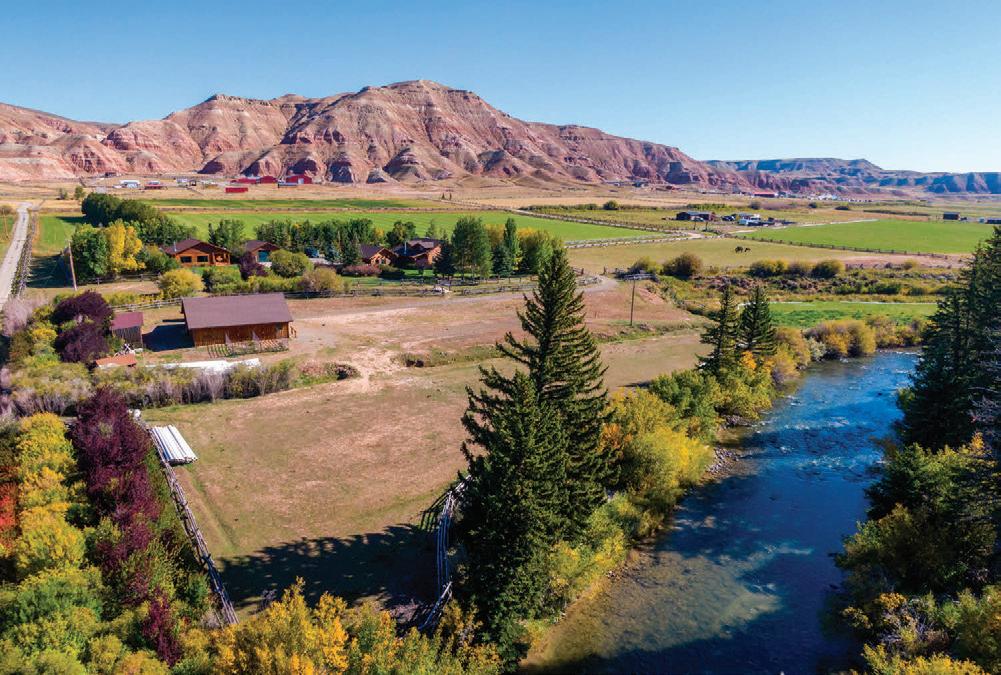

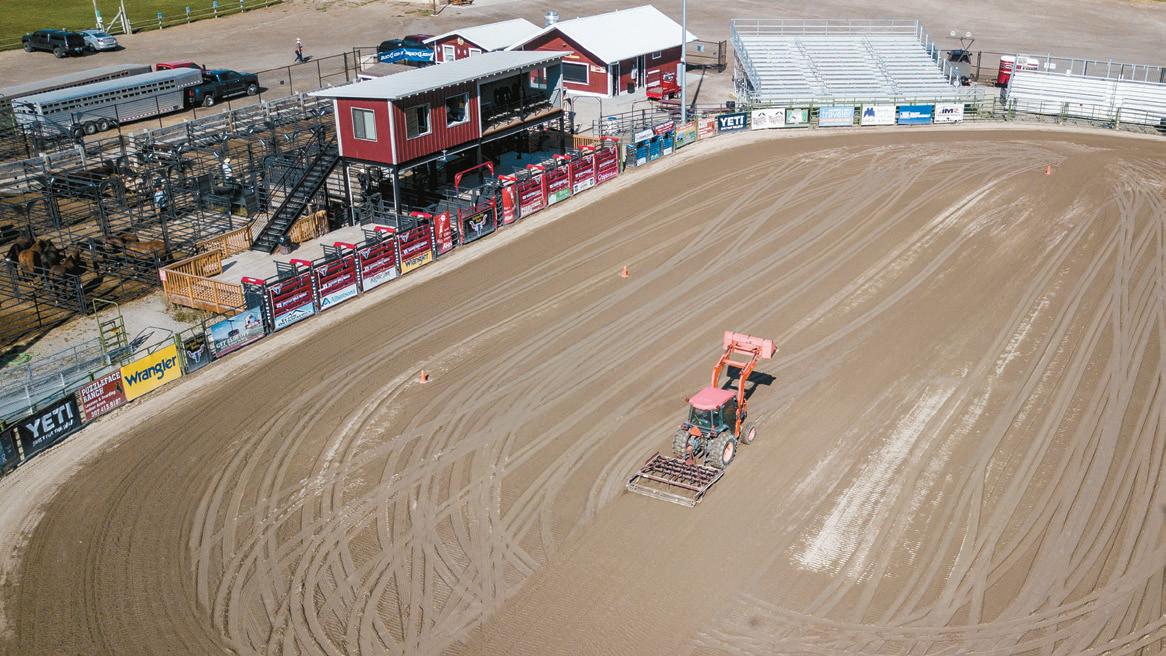
A rodeo doesn’t exist in a vacuum. There are many components that go into getting it all ready, looking the part and judging what happens in each event. Here are some facts about all of the goings-on at the Teton County Fairgrounds. The Dirt
So forgotten. So overlooked. So unnoticed.
Dirt often gets treated like, well, dirt. But on rodeo days, it gets treated like royalty. Rodeo Arena Director Phil Wilson oversees the preparation in the early morning, starting by spraying 3,000 gallons of water on the arena floor. Afterward, a tractor drags a heavy rake to break up clumps and level it all out.
Several times throughout the day, the process is repeated. Spray water, rake the dirt. Spray water, rake the dirt.
On average, 10,000 to 14,000 gallons of water gets sprayed throughout a rodeo day.
“If we don’t get it right, then what happens is the barrel racers have trouble with it. The team ropers have trouble. It has to be good for the contestants, the animals and the cowboys,” Wilson said in 2019.
Cowboys are drawn to the rodeo. Bulls are chosen. But what exactly goes into choosing the meanest and baddest bulls around?
Buskin Wilson takes the lead with recruitment, watching videos and tape of bulls bucking for at least four to five rounds before he knows if they’re Jackson Hole Rodeo material.
“I’m looking for a bull that bucks really hard and is really showing that it’s packy,” Wilson said in 2021, meaning he wants an animal that packs a punch in a controlled way.
Finding the right bulls involves travel — to Montana, Michigan and Texas. But once in a location, it’s no given that he’ll be walking away with the bull he has his eye on; he has to bid on them with a budget against half a dozen contractors.
“You’re just crossing your fingers hoping that it works out,” Wilson said.
Just as there are fashion rules in every sector of society, rodeo fashion
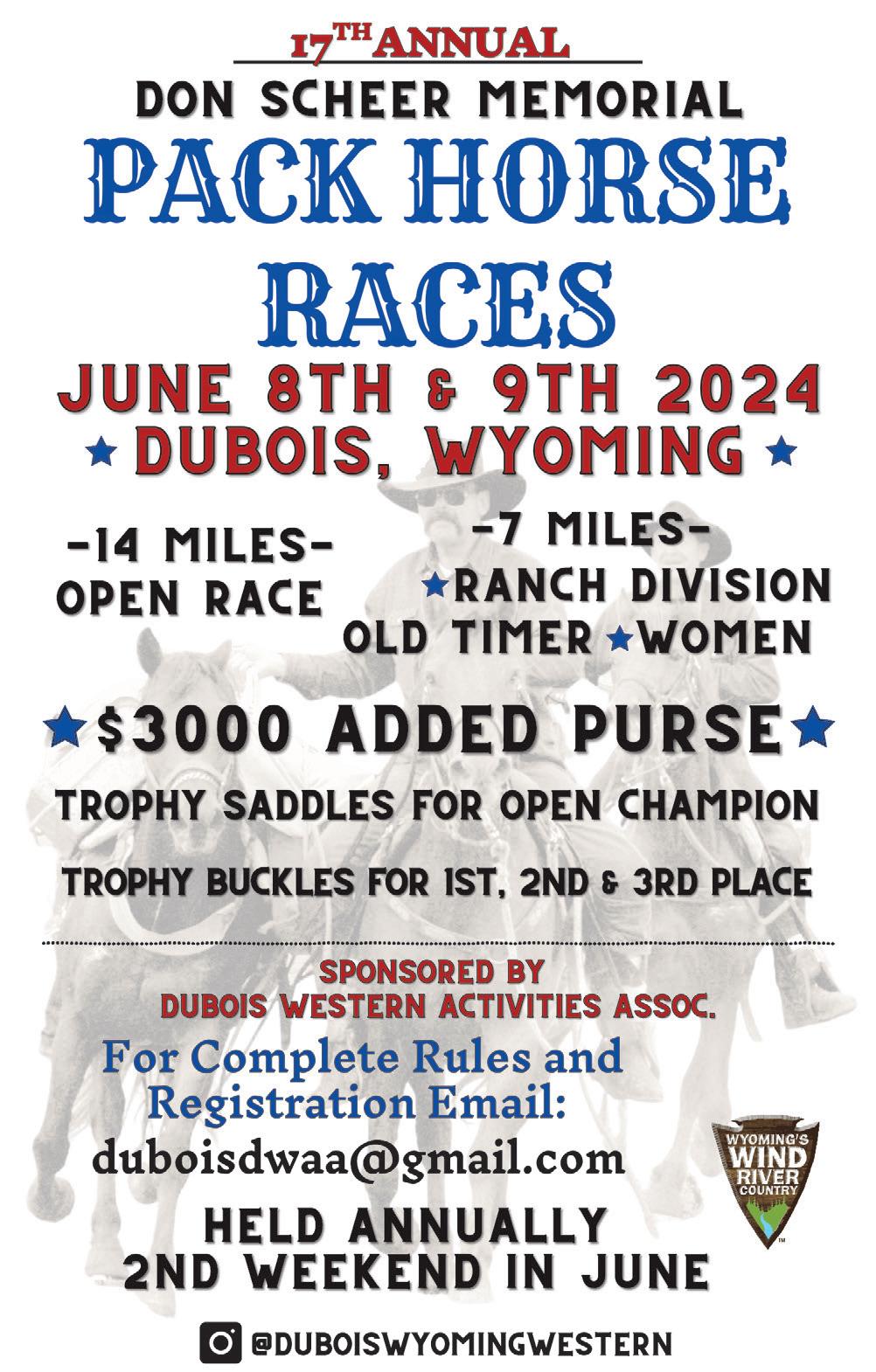

the denim in order to protect bull riders from wooden bucking chutes, but now they’re more of a fashion statement.
rules also exist.
Old-fashioned Western style originated with practical elements in mind — to protect cowboys and cowgirls from tough conditions during a work day in addition to staying comfortable while riding a horse. Parts of rodeo fashion have changed over time, but still, many aspects remain from their roots.
Belt buckles are among the more glamorous features of the rodeo outfit and are worn as functional trophies. This bling is earned, not bought. Some competitors are superstitious about their buckles and will wear the same one all season long.
Cowboys and cowgirls are also superstitious about their hats. Never put a hat on a bed, and never put them upside-down because it dumps out all the luck. Straw hats are for summer, felt hats are for the winter, but whatever someone is wearing, never touch another cowboy’s hat.
Jeans tie everything together, and the most important part is to keep them long enough and pressed down the middle. Chaps used to accompany
The biggest component of bull or bronc riding is hanging on for those seemingly never-ending eight seconds. If a rider can’t hold on for that long, their ride does not qualify for a score. If a rider does stick with his animal, it’s up to the judge to determine how many points they deserve.
Two judges each reward up to 25 points for the rider and 25 points for the animal for a possible total of 100. Animals are judged on their athleticism and how hard a ride they put out for the human. A bull that jumps up and spins is going to score higher points.
While tracking the animal’s showing, judges must also keep an eye on the human, mostly critiquing riders’ control.
“Like a dance partner, they’re matching every move the animal makes, and they’re in control — not of the animal — but of what their body is doing,” said rodeo judge Joe Young in 2019. “Everything the animal throws at them, they’ve got something to counter it.”

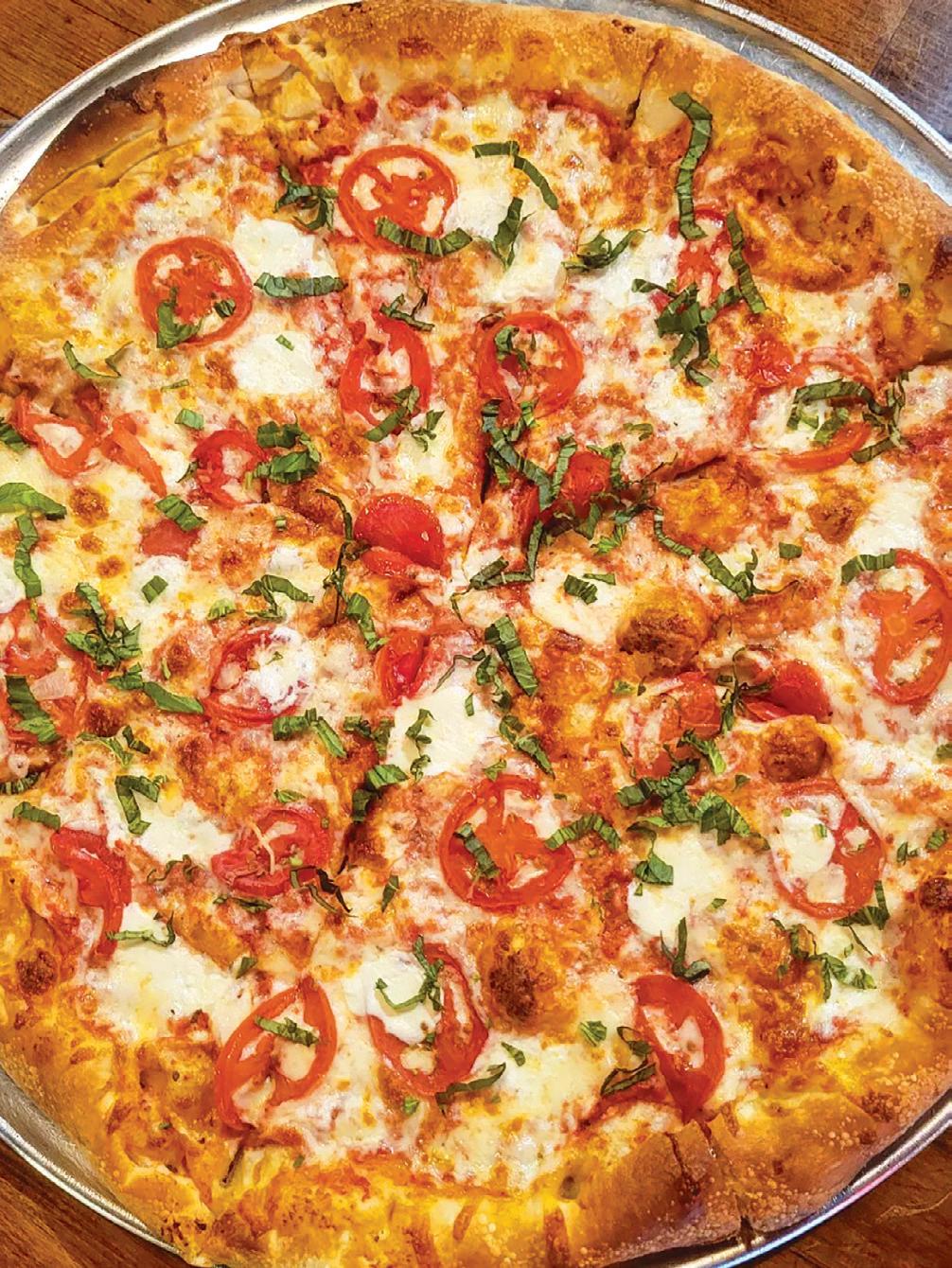
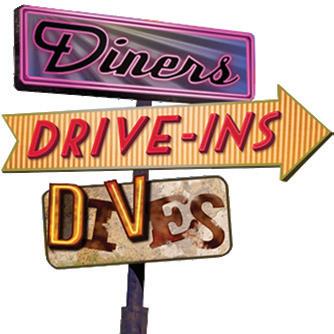


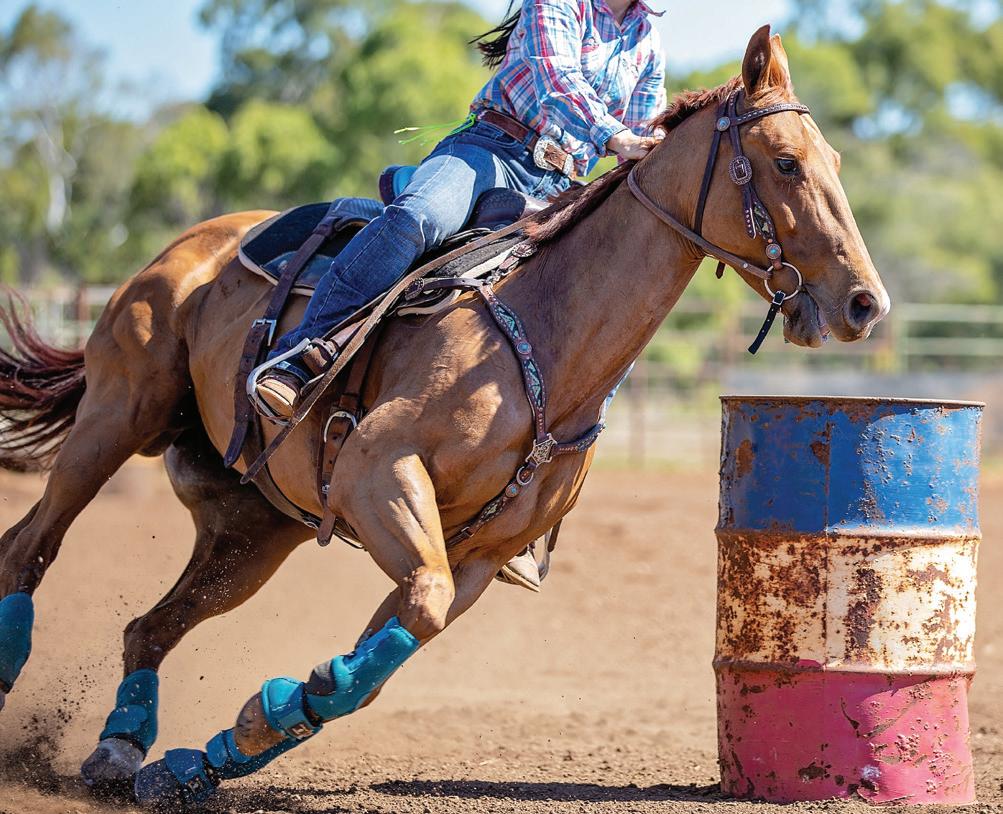

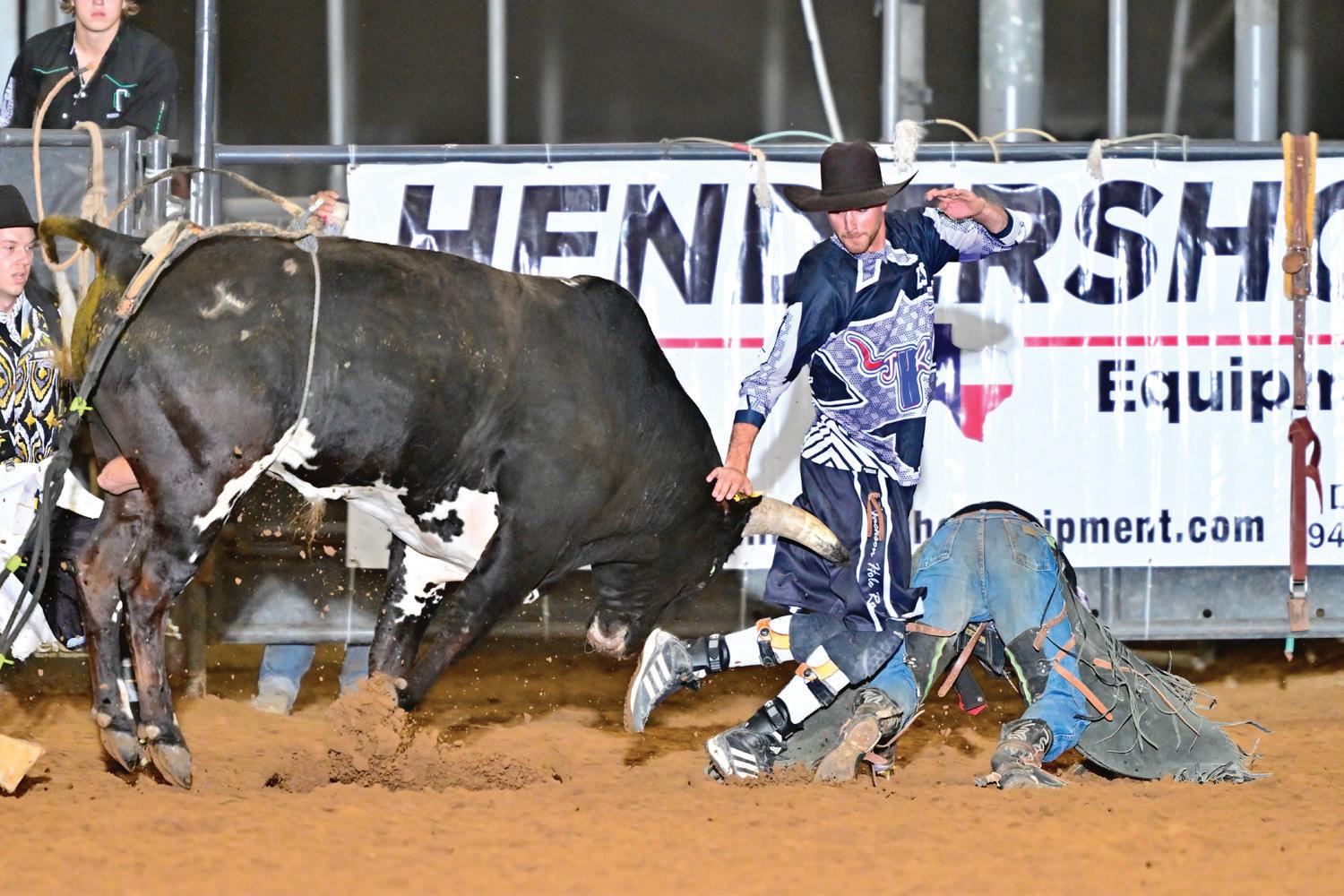
the arena to control and “fight” the bull. There’s a mandatory 40 seconds, but athletes can stay in for an optional 20 more seconds to end on a high note with a trick or “to show off.”
Wilson said it’s time for yourself.
Staying alive and safe in both scenarios requires studying and knowing the bull like the back of your hand.
Bullfighters get into a rhythm, zig-zagging and switching directions. And when they’re fighting, they find the “pocket” of the bull’s shoulder, between the back hip and head, to get them to spin around.
“Soon as they pull the chute and that bull comes running at me, I read everything about him,” Wilson said. “I see what lead he’s in. I see which direction he’s favoring. And when I throw a fake and he doesn’t take it, then I’m learning.
“They’re athletes, same as us.”
Protection requires understanding the “gap,” or the distance between the bull

and the rider, in order to get between the two at the end of the ride. Ross said cowboy protectors also know when it comes down to them or the rider — they have to take the hit.
“Sometimes the rider lands in a bad spot, or there’s just certain situations, and you’re going to get close to getting hurt, or have to get hurt trying to save that guy,” he said. “That’s why having good partners comes into play because once I’m on the ground, then they save me.
“There’s a lot of trust in your partners.”
Although panic may kick in, both said they also have to trust their training and experience to carry them through. Even if they break a leg or meet literally head-tohead with the bull, the fighters get back up again.
Wilson said there’s a burning desire that keeps you going.
“You’ve got to face your fears and go for it,” he said.
Contact Jasmine Hall at 307-732-7063 or state@jhnewsandguide.com.




